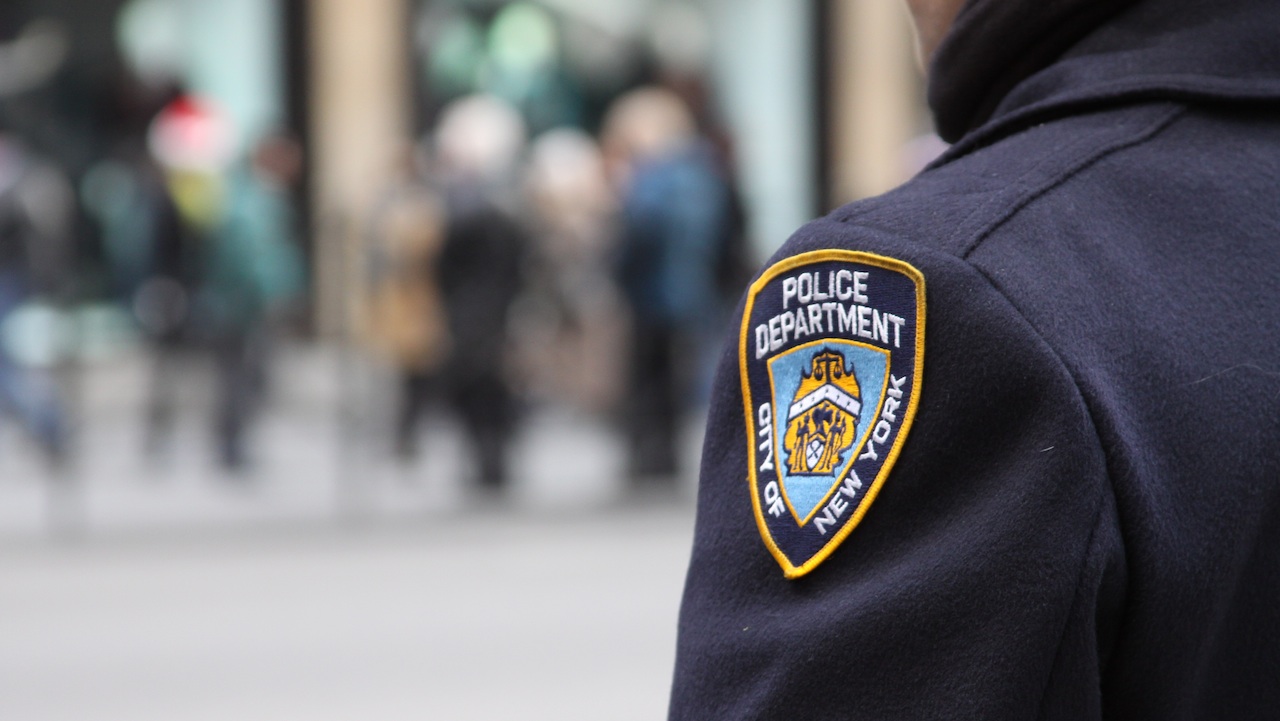Police Commissioner Bill Bratton has repeatedly defended the NYPD’s “broken windows” policy, a style of enforcement that disproportionately targets minorities. He claims that it’s the troubled nature of black and Hispanic neighborhoods that cause the concentration of this sort of police activity, not police racism. The Daily News‘ analysis of data shows this isn’t true — minorities are given summonses at much higher numbers, even in primarily white neighborhoods with little crime.
The statistics proving this inequality are dramatic:
The disparity in summons activity is highest in the 24th Precinct (Upper West Side – North), where blacks and Hispanics make up just 34% of the population but received an estimated 84% of the summonses, and the 84th Precinct (Brooklyn Heights, DUMBO), where they made up 28% of the population but received 78% of the summonses — both a spread of 50 percentage points.
That’s followed by the 20th Precinct (Upper West Side – South) with a 48-point spread, the 19th Precinct (Upper East Side – South) with a 43-point spread, and the 13th Precinct (Gramercy) with a 42-point spread.
The analysis also found blacks and Hispanics received the vast majority of summonses for scores of common offenses, such as disorderly conduct (88%), loitering (89%), spitting (92%) and failure to have a dog license (91%) — even though the Health Department estimates that less than 17% of dogs citywide are licensed.
The 6.9 million court summons used in the Daily News analysis were almost entirely under the rule of commissioner Ray Kelly. They narrowed these down to the 1.7 million that contained racial data.
In 2010, a new summons document removed race from the form police must fill out. This has lead to fewer and fewer forms containing racial information, down to only 2% last year. Bratton told reporters that the form was changed by the state and he would “not be opposed to bringing back to those forms that classification.” Under Bratton, there have been 15% fewer summons this year compared to 2013. (Photo: baltimoredave)


